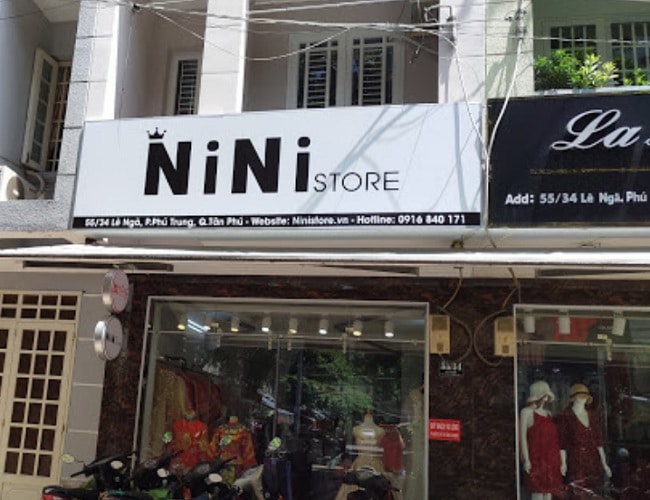The ao dai is more than just a garment; it is a symbol of Vietnamese culture, history, and grace. This traditional dress, characterized by its unique silhouette and elegant design, has captivated hearts both within Vietnam and around the world. With its form-fitting shape and flowing material, the ao dai beautifully combines modesty with femininity, creating a look that is timeless and sophisticated.
As we delve into the heritage of the ao dai, we discover that it has evolved over centuries, influenced by various historical events and cultural exchanges. From its roots in the Imperial era to its modern interpretations worn during celebrations and everyday life, the ao dai tells a story of resilience and beauty. It embodies the spirit of Vietnam, reflecting the values of tradition while embracing contemporary fashion trends. Through its delicate embroidery and vibrant colors, the ao dai continues to celebrate the artistry and craftsmanship of Vietnamese artisans, making it a cherished piece of national identity.
History of the Ao Dai
The ao dai, a traditional Vietnamese garment, has a rich history that reflects the cultural evolution of Vietnam. Its origins can be traced back to the 18th century when a simple outfit known as "ao ngu" was worn by both men and women. As time progressed, the attire began to evolve, especially during the influence of French colonialism in the 19th century, leading to the refinement of the ao dai into the elegant, form-fitting dress we recognize today.
Throughout the 20th century, the ao dai became a symbol of national identity and pride, particularly during significant historical events. It gained popularity as women increasingly wore it in daily life, representing both grace and modernity. Cultural movements and political changes further shaped the ao dai, turning it into a garment that could convey social status, beauty, and national allegiance.
In contemporary Vietnam, the ao dai has become a celebrated emblem of Vietnamese culture, often worn during festivals, weddings, and formal occasions. Designers continue to innovate while honoring traditional elements, ensuring that the ao dai remains not only a historical artifact but also a fashion statement that resonates with both locals and the global community, embodying the timeless elegance of Vietnamese heritage.
Cultural Significance
The ao dai is more than just a garment; it embodies the essence of Vietnamese culture and identity. Traditionally worn by women, it represents grace and femininity, showcasing how clothing can reflect cultural values. The ao dai is often seen during important life events such as weddings, festivals, and national holidays, highlighting its role as a symbol of tradition and social unity.
Throughout history, the ao dai has evolved alongside Vietnam's societal changes. Originally influenced by Chinese attire, it has adapted to various cultural shifts while retaining its distinctive features. In contemporary settings, the garment is also embraced by men, showcasing its versatility and the growing appreciation for gender inclusivity in fashion. This adaptation speaks to the ao dai's enduring relevance and its ability to resonate across generations.

The cultural significance of the ao dai extends to its artistic expression. Fashion designers often incorporate modern elements while honoring traditional craftsmanship, creating collections that celebrate its heritage. As https://www.aodaistyle.com/ for self-expression, the ao dai inspires creativity and innovation, allowing individuals to connect with their roots while embracing contemporary influences, further solidifying its place in Vietnam's cultural landscape.
Modern Adaptations
The ao dai has evolved significantly in contemporary fashion, adapting to modern aesthetics while maintaining its core elements. Designers are experimenting with fabrics, patterns, and colors, introducing vibrant hues and innovative materials that appeal to younger generations. These modern adaptations have sparked a revival of interest in the ao dai, making it a popular choice for various occasions beyond traditional settings, such as weddings, parties, and even casual outings.
In addition, the ao dai has seen a fusion with Western styles, creating unique designs that reflect both cultural heritage and global influences. Tailoring techniques have been modernized, allowing for better fit and comfort, while still preserving the elegance of the silhouette. Many contemporary ao dai incorporate contemporary embellishments, such as embroidered details or asymmetrical cuts, which bring a fresh perspective to this classic outfit.
Social media and fashion shows have played a crucial role in promoting the ao dai to a wider audience. Influencers and designers showcase their creative takes on this iconic garment, inspiring others to embrace it as a symbol of national pride and individuality. As the ao dai continues to adapt, it remains a beautiful expression of Vietnamese culture, proving its timelessness in today's fashion landscape.
